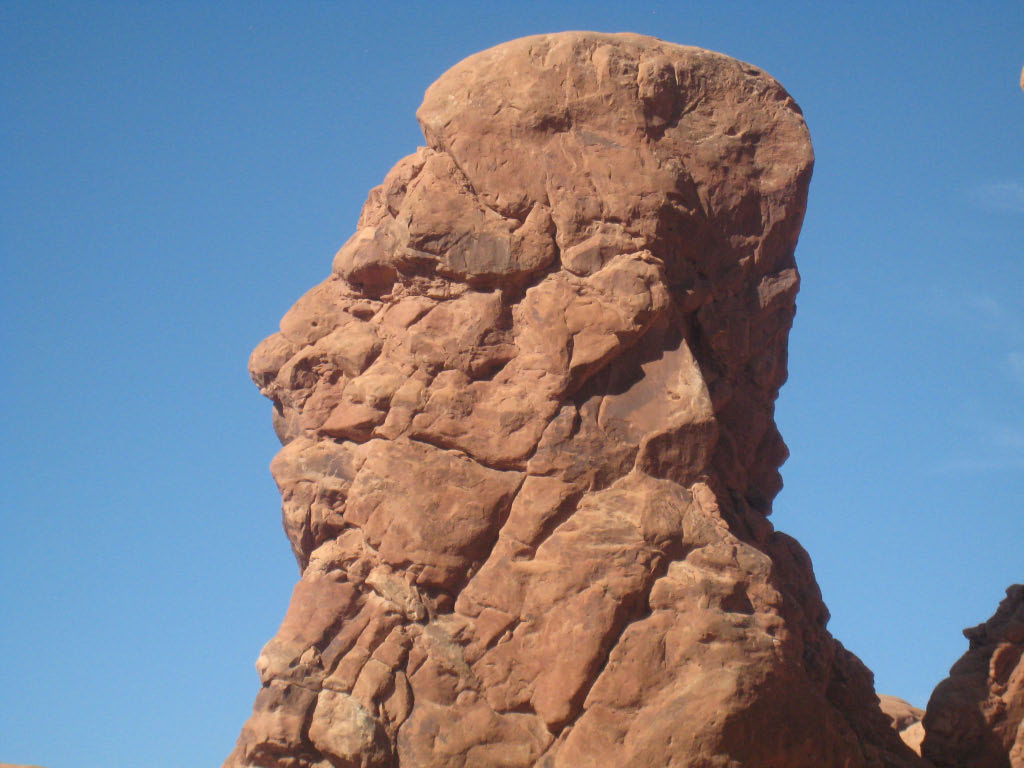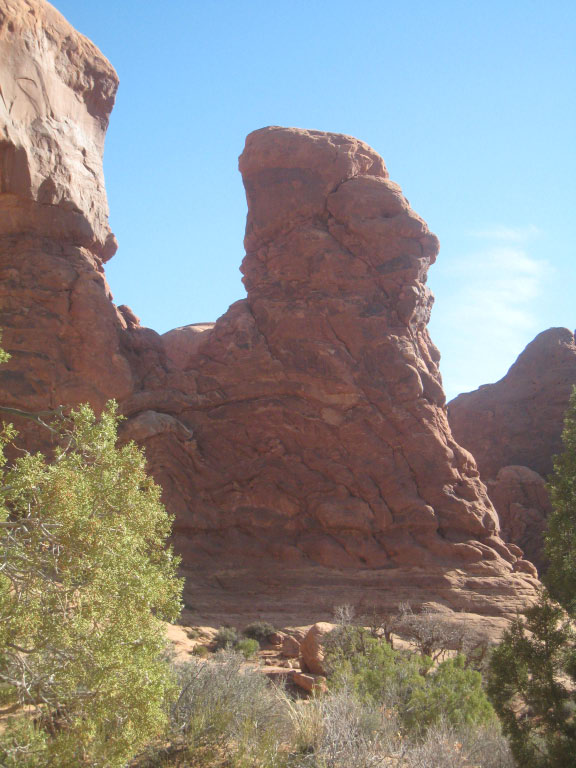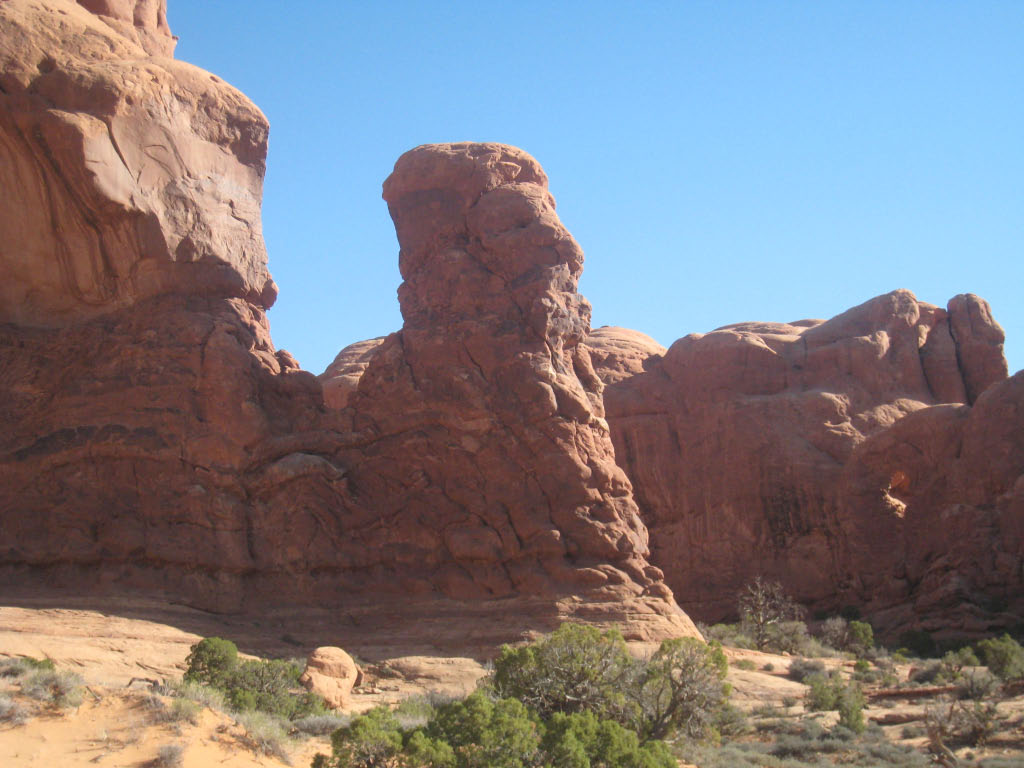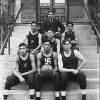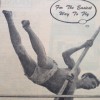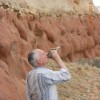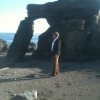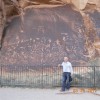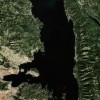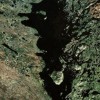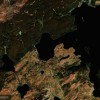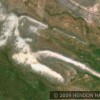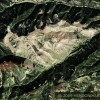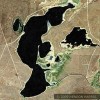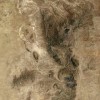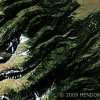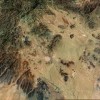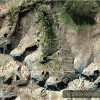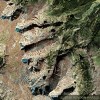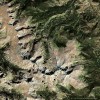
Is “The King” of Arches National Park Actually A Persian Manticore Carved by Ancient Buddhists from India?
Posted on Friday, June 22nd, 2012
Have Persian Art Influences Brought to India by the Mauryan Dynasty Been Forwarded to North America by Monks from India?
Many have seen “The King” next to the Double Arches at Arches National Park, Utah. Although they may have been startled by the “face like” features because it does not fit in with what they believe historically the art is dismissed as just another random act of erosion. However, there is one thing that one must admit about erosion and that is that erosion does not occur in precise features on Both Sides of this Rock 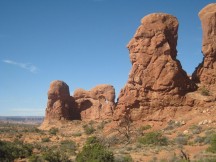  . In other words if an observer dismisses the features on the left side of the rock face as mere erosion how can they then dismiss the same facial features on the right side of the rock face? How often in the history of erosion do identical features occur by erosion on both sides of the same rock? This happens when no one seems to have an explanation of why a king like rock would appear in ancient Utah.Â
 . In other words if an observer dismisses the features on the left side of the rock face as mere erosion how can they then dismiss the same facial features on the right side of the rock face? How often in the history of erosion do identical features occur by erosion on both sides of the same rock? This happens when no one seems to have an explanation of why a king like rock would appear in ancient Utah. 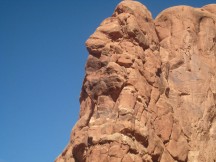  However, I have a possible explanation and here it is. In 320 BC just three years after the death of Alexander the Great, Chandragupta Mauyra moved south into India conquered most of the country and established the Mauyran Dynasty. He then brought into India, an ancient and already advanced civilization, cultural, art and architectural influences from Rome, Greece, and Persia which were then absorbed into the Hindu/Vedic culture.
 However, I have a possible explanation and here it is. In 320 BC just three years after the death of Alexander the Great, Chandragupta Mauyra moved south into India conquered most of the country and established the Mauyran Dynasty. He then brought into India, an ancient and already advanced civilization, cultural, art and architectural influences from Rome, Greece, and Persia which were then absorbed into the Hindu/Vedic culture. 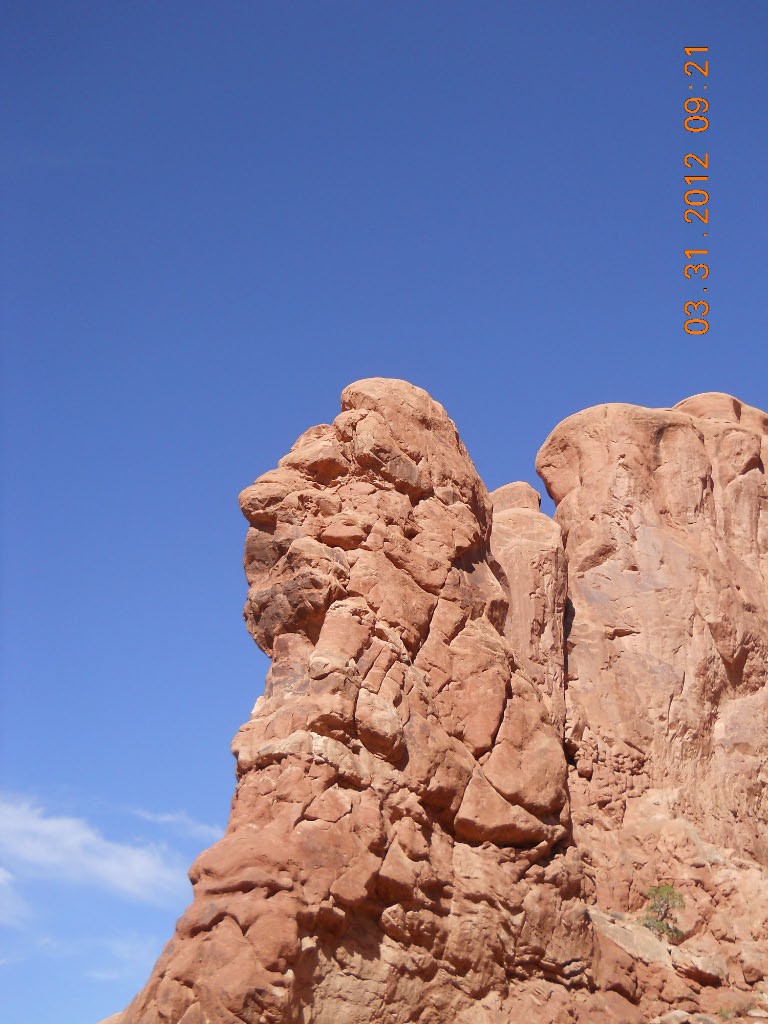
The ancient Manticore (kings head on a lion’s body) had been used to honor kings (Persian and otherwise) for centuries before then. When Chandragupta Mauyra’s grandson, Ashoka came to power and converted to Buddhism he became so impassioned with his new faith that during his lifetime he constructed literally thousands of Buddhist Stupas (ancient temples) in India and neighboring countries that in many cases fell into disuse between the 7th and 12th centuries CE. Many of these stupa/temples are huge and have just been rediscovered within the last 200 years. King Ashoka of India (260-218 BC) also sent teams of missionary monks all around the known world to spread their faith and their culture in its totality. Without doubt Ashoka was the one most responsible for the WORLD wide spread of Buddhism. He was the equivalent of the “Apostle Paul” for ancient Buddhism.
Most scholars relegate Ashoka’s efforts to India and South East Asia but they all further agree that Buddhism played a significant role in its early years in Greece because that fact is well documented.
It’s my opinion that the Meteora Monasteries in Greece were originally carved by ancient Buddhists as well as the Montserrat Monasteries in Spain. Judging from the stylized Buddhist balanced carved rock formations all over Europe it’s my further opinion that ancient Buddhists journeyed as far north in Europe as the British Isles and Scandinavia.
I also believe that Buddhist missionary monks from India came to North America and bought not only their faith but their technological skills which would by definition then include their knowledge of the Manticore and their ability to carve such a formation into solid rock.
I believe they did a lot more rock carving than simply this in Arches National Park and the rest of the extended Four Corners area of the American Pacific Southwest but that will be discussed in other articles.
Many scholars dispute this concept primarily because they believe that Asians had no way to get to North America and lacked the knowledge to safely make the trip.
If that was true then how can you explain the navigational skills of the ancient South Sea Islanders. Google: Polynesian Navigation. Nobody denies that these island people were able to navigate between the Pacific islands for millennia using celestial navigation techniques which they passed by verbal tradition from generation to generation in songs and stories.
If the Polynesians were masters of the Pacific Ocean using their verbal navigational traditions does it make any sense that Asians who had a far more advanced civilization, celestial mapping system and knowledge at that time did not have at least the same ability if not even greater skills to navigate the Eastern Sea (Pacific Ocean)?
Is “The King” a Persian Manticore carved by Buddhist monks in Utah USA possibly as a tribute to King Ashoka or merely an interesting weirdly shaped rock?
 The Beak of the 10th Sun Raven—STILL GLOWS!!

